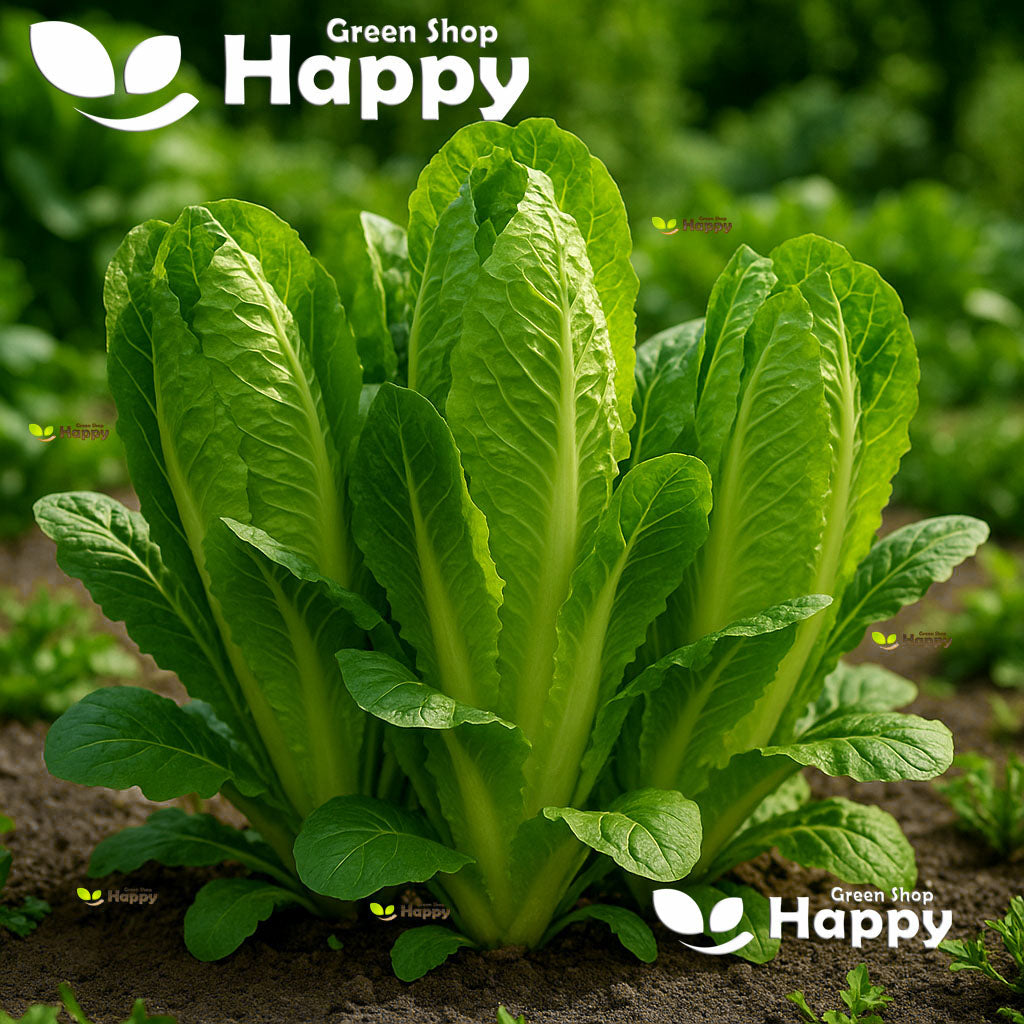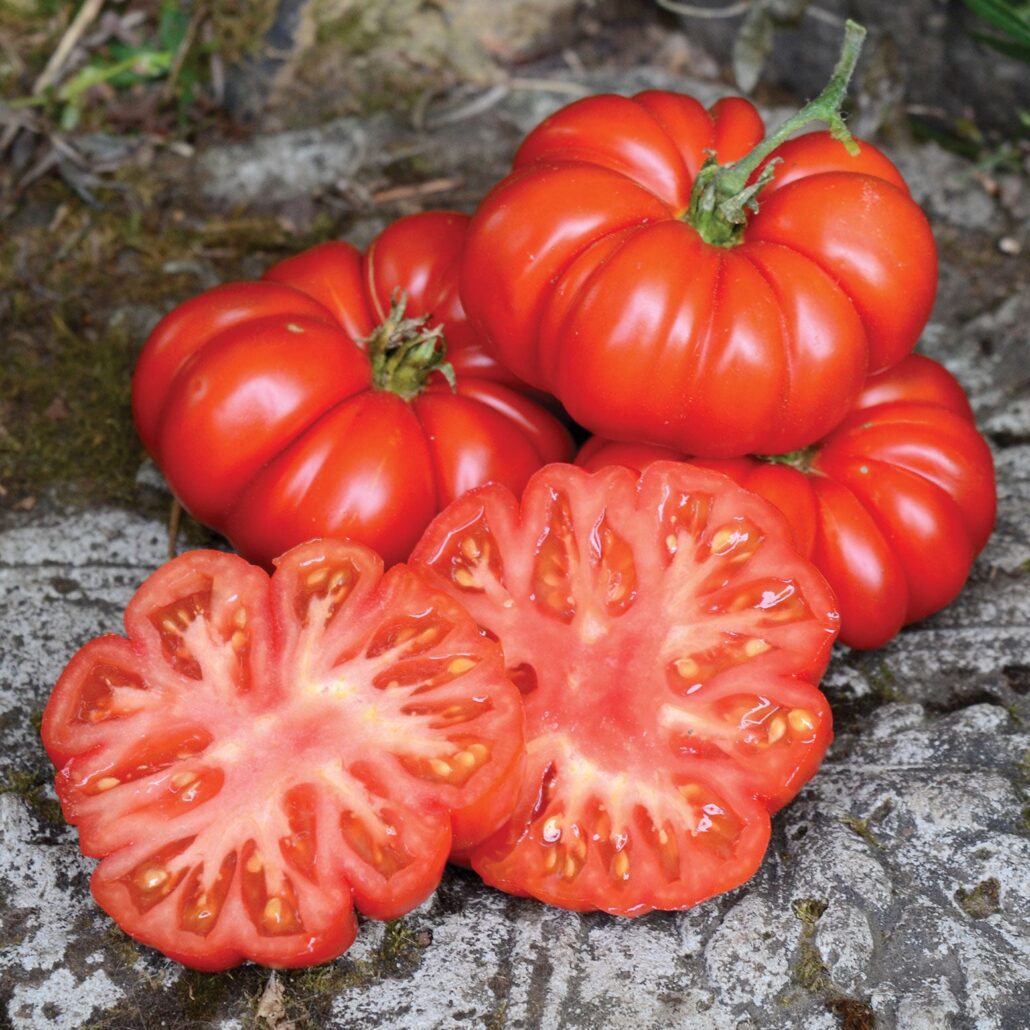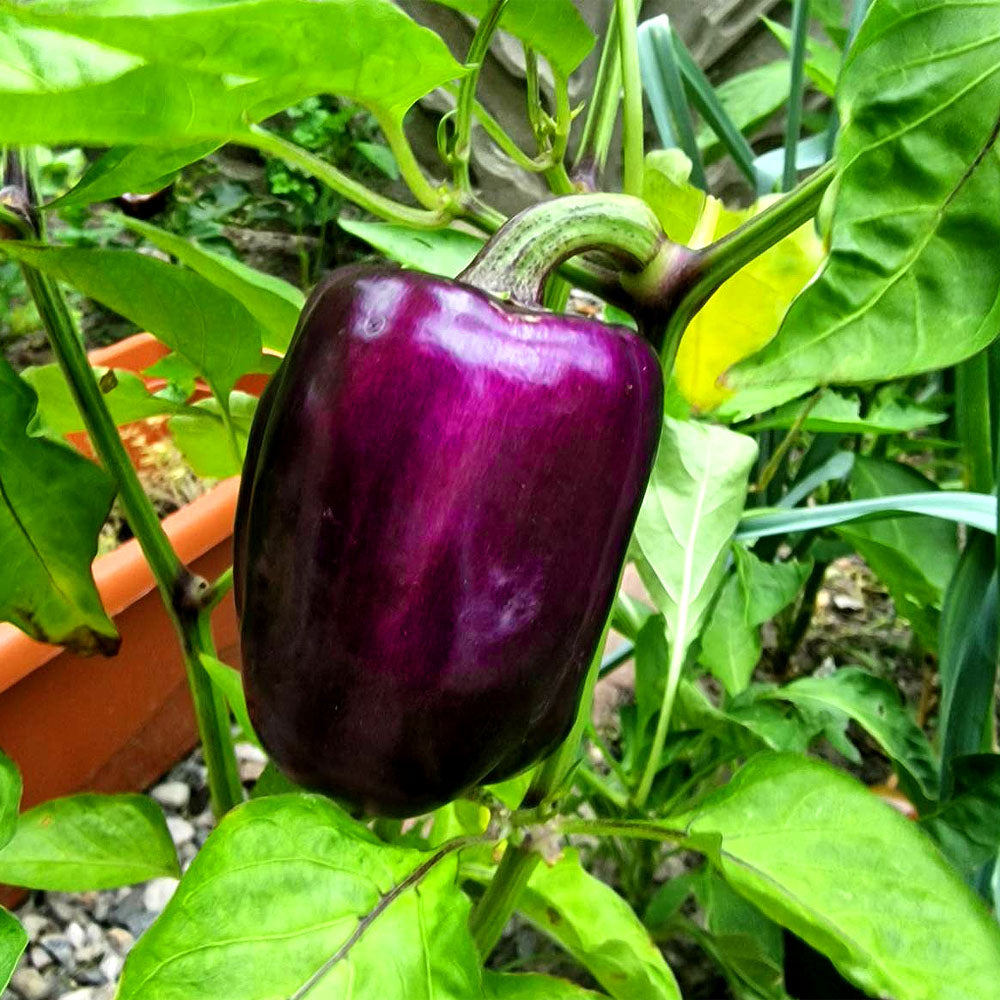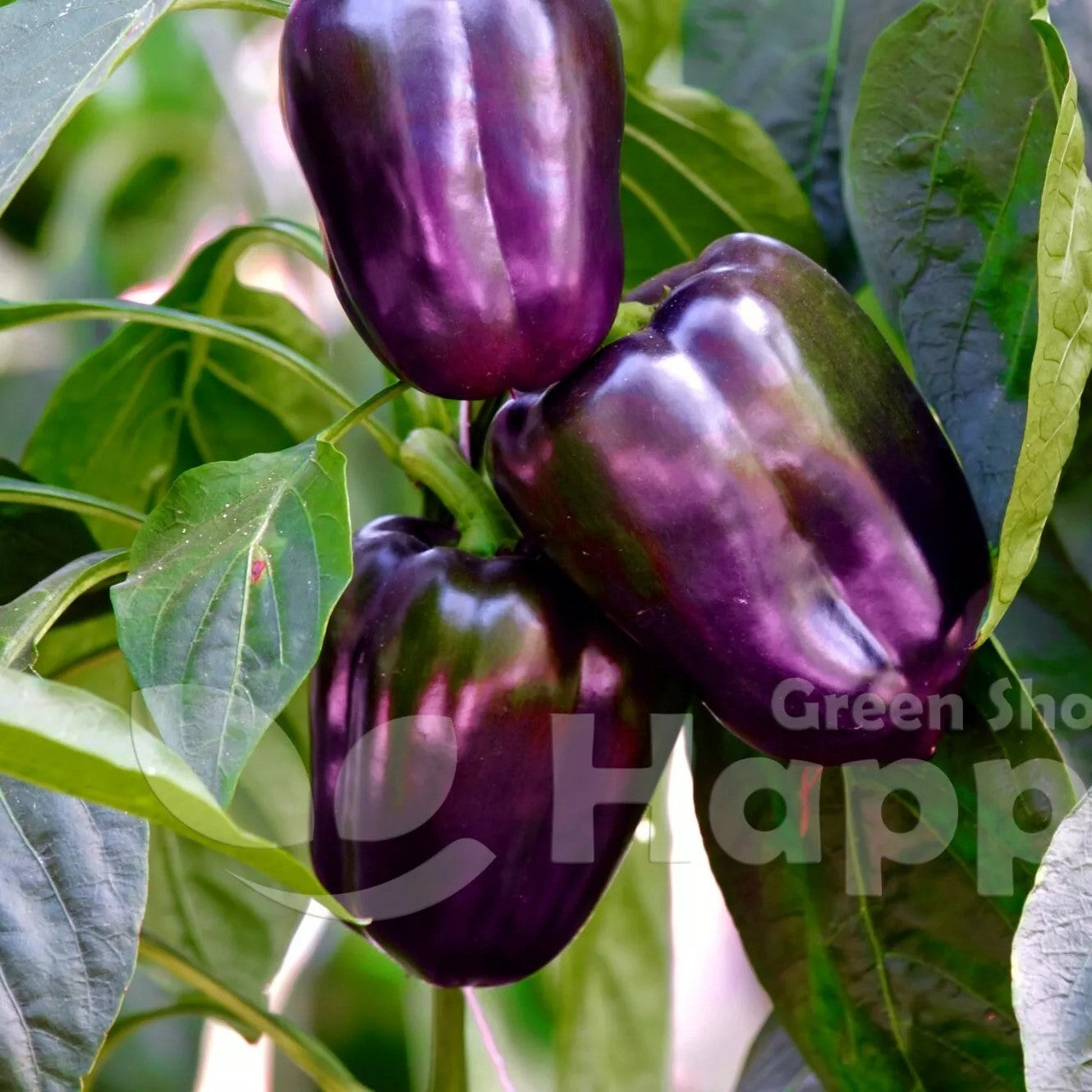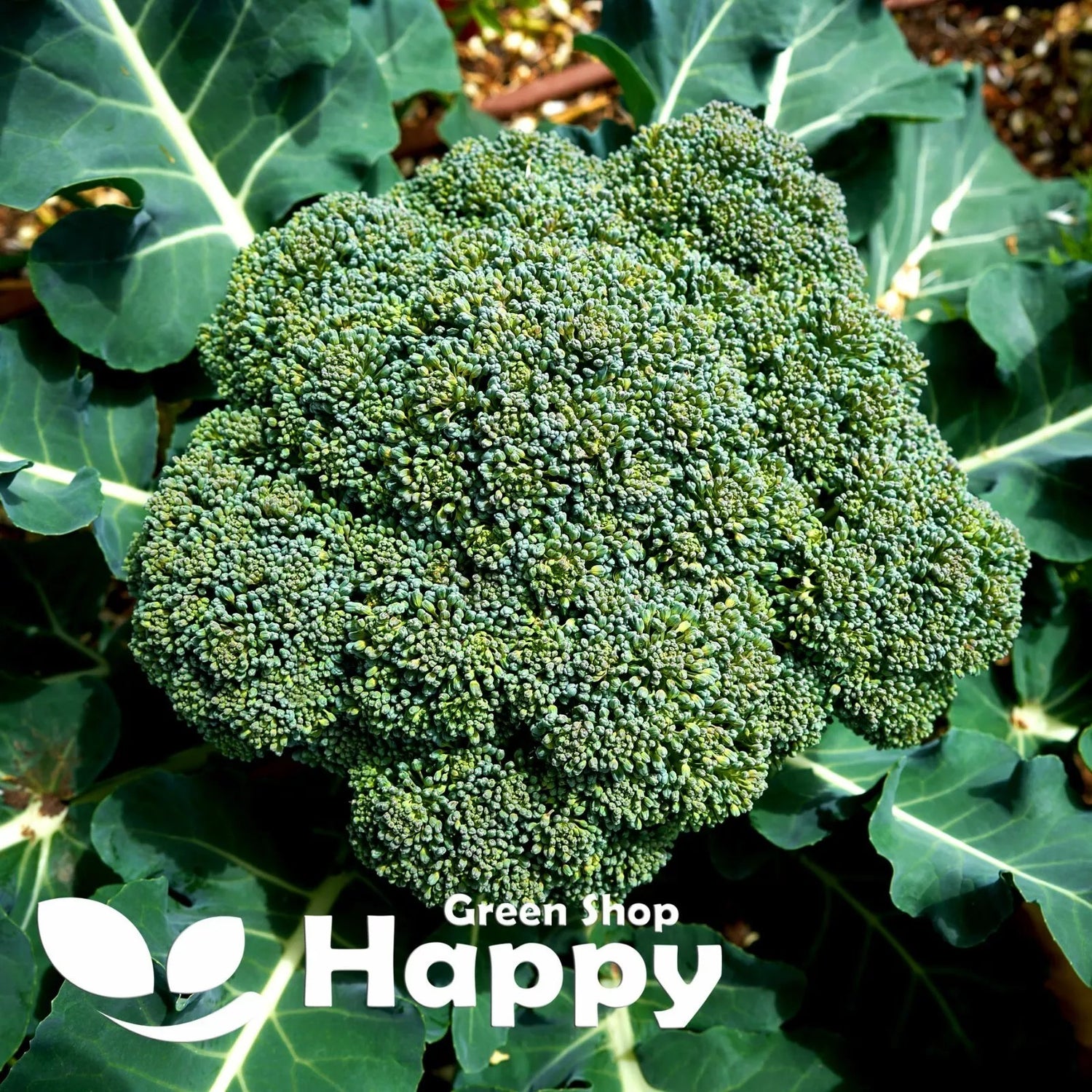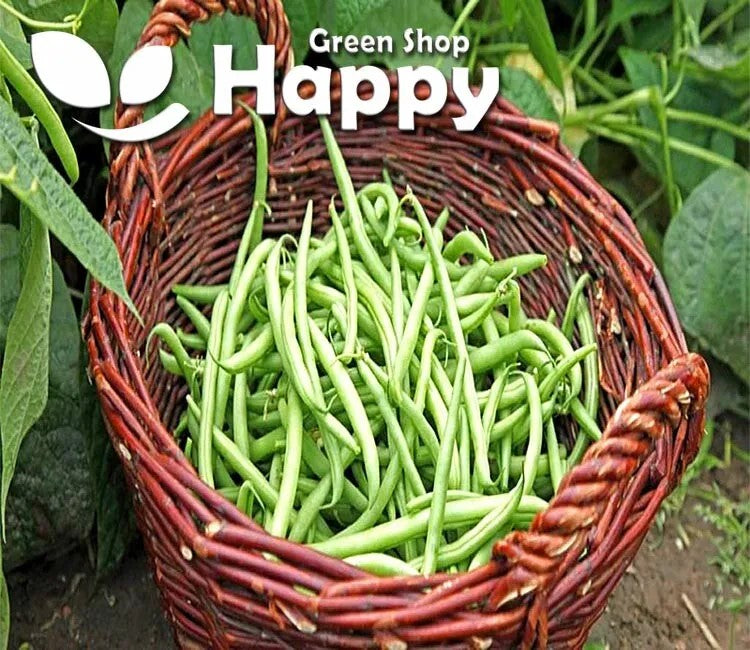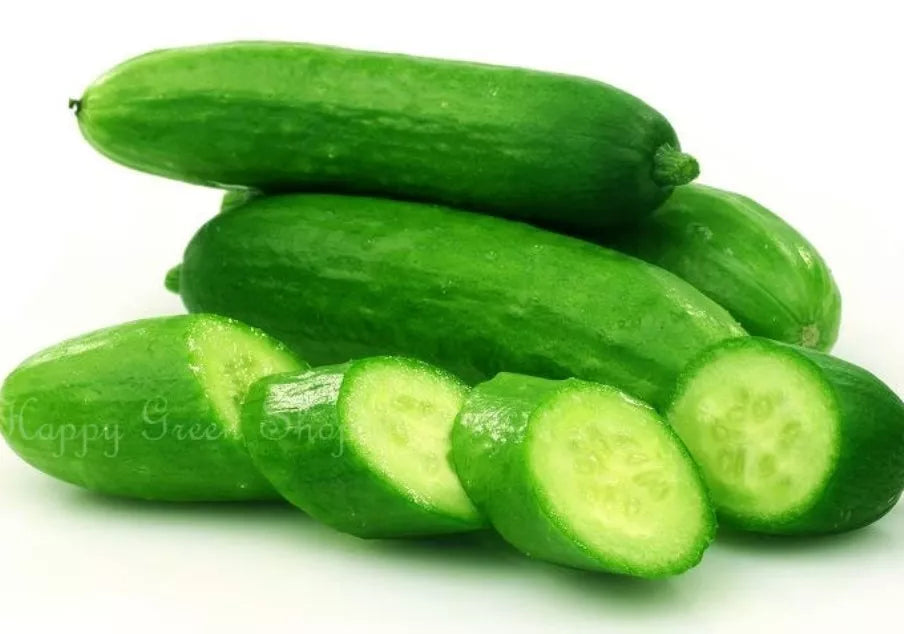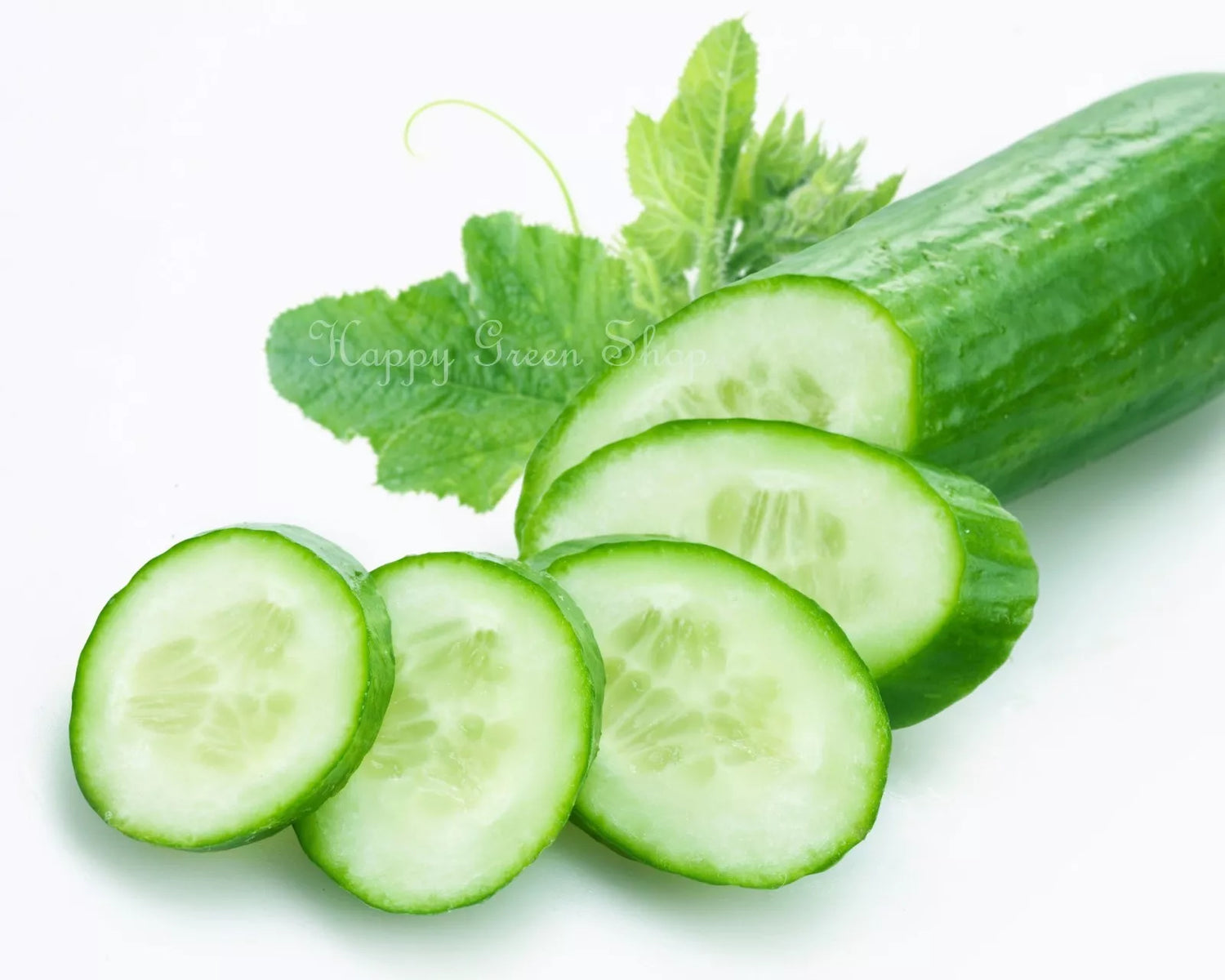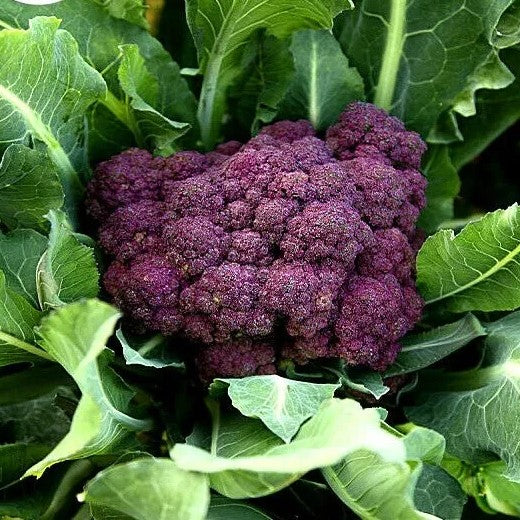Sort by:
179 products
179 products
Lettuce Cos ‘Paris White’ – Seeds
(Lactuca sativa)
Lettuce Cos ‘Paris White’ is a classic Romaine-type lettuce known for its crisp texture, tender hearts, and mild, sweet flavor. This reliable heirloom produces upright, compact heads with pale green leaves that blanch naturally to creamy white centers. Perfect for Caesar salads, sandwiches, and fresh garden dishes, it’s a favorite among home gardeners and chefs alike.
Key Features
-
Type: Romaine (Cos) lettuce
-
Growth Habit: Upright, compact heads
-
Leaf Color: Pale green outer leaves with creamy white hearts
-
Flavor: Mild, crisp, and sweet
-
Days to Maturity: 70–80 days
-
Resistance: Tolerates cooler temperatures and light frost
-
Harvest: Mid-summer to autumn
Ideal For
-
Crisp salads and Caesar-style dishes
-
Home gardens, raised beds, and containers
-
Continuous harvest or cut-and-come-again use
Sowing & Growing
-
Sow outdoors: March – July
-
Harvest: May – September
-
Spacing: 25 × 30 cm
-
Position: Full sun or partial shade
-
Soil: Fertile, moist, well-drained soil
Care Tips
-
Keep soil consistently moist for best texture.
-
Harvest in the morning for the freshest leaves.
-
For a steady supply, sow every 2–3 weeks.
Tomato "Costoluto Fiorentino" – Seeds (Solanum lycopersicum)
Tomato "Costoluto Fiorentino" is a classic Italian heirloom variety, cherished for its deeply ribbed, juicy red fruits and rich, sweet flavor. Perfect for fresh salads, sauces, and canning, this variety is vigorous, high-yielding, and adds authentic Italian taste to home gardens. Its distinctive shape and vibrant color also make it a visual standout in your garden and kitchen.
How to Grow
-
Sow seeds indoors from February to April, 0.5 cm deep in seed trays or pots.
-
Maintain 18–22°C until germination.
-
Transplant seedlings outdoors or into greenhouse after the last frost.
-
Space plants 50–60 cm apart in fertile, well-drained soil with full sun.
-
Support plants with stakes or cages to handle heavy fruits.
Key Features
-
Heirloom Italian tomato with deep ribbed, juicy fruits
-
Rich, sweet flavor ideal for salads, sauces, and canning
-
Vigorous and high-yielding
-
Distinctive appearance and vibrant red color
-
Suitable for outdoor gardens and greenhouse cultivation
Ideal For
-
Fresh salads, sauces, and canning
-
Home gardens and container growing
-
Heirloom tomato collections and culinary use
Sowing & Harvest
-
Sow: February to April
-
Plant out: May to June
-
Harvest: July to September
Quick Tip
-
Regularly remove side shoots and support plants to maximize fruit production and maintain healthy growth.
Sweet Pepper 'Purple Bell' Seeds (Capsicum annuum)
Grow something truly eye-catching with Sweet Pepper 'Purple Bell' (Capsicum annuum). This unique variety produces glossy, deep-purple bell peppers that are crisp, juicy, and sweet. Perfect for adding a splash of color to salads, stir-fries, or stuffed dishes, ‘Purple Bell’ combines ornamental beauty with outstanding flavor. Fruits mature from purple to red, giving you a colorful harvest throughout the season.
How to Grow
-
Sow seeds indoors 8–10 weeks before the last frost.
-
Use light, fertile, well-drained soil in full sun.
-
Sow 0.5 cm deep, keeping soil moist at 22–26°C until germination (7–14 days).
-
Transplant outdoors or into containers after frost, spacing 40–50 cm apart.
-
Water regularly and feed with a potassium-rich fertilizer.
Key Features
-
Striking purple bell pepper variety
-
Crisp, sweet, and juicy flavor
-
Fruits mature from purple to red for extended harvest
-
Ideal for containers, patios, or garden beds
-
Ornamental and edible in equal measure
Ideal For
-
Fresh eating and salads
-
Stuffing, roasting, and stir-fries
-
Patio pots and greenhouse growing
-
Gardeners wanting unique, colorful crops
Sowing
-
Best time: Indoors 8–10 weeks before last frost
-
Depth: 0.5 cm
-
Spacing: 40–50 cm apart
-
Prefers warm, sunny conditions and fertile, well-drained soil
Quick Tip
-
Harvest when purple for unique flavor and appearance, or allow to fully ripen to red for maximum sweetness.
Summer Broccoli 'Limba' Seeds (Brassica oleracea)
Enjoy fresh, tender broccoli all summer long with Summer Broccoli 'Limba' (Brassica oleracea). This fast-growing variety produces generous heads and delicious, tender side shoots with a mild, sweet flavor. Unlike overwintering broccoli, 'Limba' thrives in warmer months, offering a steady crop of nutritious florets for your kitchen table.
How to Grow
-
Sow seeds indoors in early spring or directly outdoors after the last frost.
-
Use fertile, well-drained soil in full sun.
-
Sow 1 cm deep and thin seedlings to 45 cm apart.
-
Keep soil moist and protect from pests.
-
Harvest when heads are compact and firm, cutting to encourage side shoots.
Key Features
-
Quick-growing summer broccoli variety
-
Produces compact heads and side shoots
-
Mild, sweet, and tender flavor
-
Continuous cropping through the summer season
-
Nutritious and versatile in the kitchen
Ideal For
-
Summer vegetable gardens
-
Fresh cooking, steaming, or stir-fries
-
Healthy, homegrown side dishes
-
Gardeners seeking fast and productive crops
Sowing
-
Best time: Early spring to early summer
-
Depth: 1 cm
-
Spacing: 45 cm apart
-
Prefers full sun and fertile, moist, well-drained soil
Quick Tip
-
Harvest heads promptly to keep plants producing fresh side shoots all summer.
French Bean ‘Blue Lake’ Seeds (Phaseolus vulgaris)
Harvest crisp, tender beans with French Bean ‘Blue Lake’ (Phaseolus vulgaris). This classic variety produces long, uniform, deep green pods ideal for fresh eating, steaming, or freezing. Easy to grow and highly productive, it’s perfect for vegetable gardens, allotments, and homegrown cooking.
How to Grow
-
Sow seeds directly outdoors after the last frost or start indoors 4–6 weeks earlier.
-
Use well-drained, fertile soil in full sun.
-
Plant seeds 2–3 cm deep and 10–15 cm apart, with rows 40–50 cm apart.
-
Support climbing varieties with stakes or a trellis if needed.
-
Water regularly to keep soil moist, especially during flowering and pod formation.
-
Harvest pods when they are young, tender, and well-filled.
Key Features
-
Long, uniform, deep green pods
-
Highly productive and easy to grow
-
Ideal for fresh eating, steaming, or freezing
-
Hardy and reliable in temperate climates
-
Perfect for vegetable gardens, allotments, and homegrown cooking
Ideal For
-
Vegetable gardens and allotments
-
Fresh harvest, steaming, and freezing
-
Companion planting with nitrogen-fixing crops
-
Homegrown culinary use
Sowing
-
Best time: After last frost outdoors or 4–6 weeks earlier indoors
-
Depth: 2–3 cm
-
Spacing: 10–15 cm apart, rows 40–50 cm apart
-
Prefers full sun and fertile, well-drained soil
Quick Tip
-
Pick pods regularly to encourage continuous production throughout the season.
Cucumber 'King of Salad' Seeds (Cucumis sativus)
Grow crisp, refreshing cucumbers with Cucumber 'King of Salad', a prolific variety known for its smooth, dark green fruits and excellent taste. Perfect for slicing into fresh salads, sandwiches, or enjoying straight from the vine, this variety delivers consistently high yields throughout the summer. Easy to grow outdoors or under cover, it’s a gardener’s favorite for its reliability and delicious results.
How to Grow
-
Sow indoors from March to May or directly outdoors after frost has passed.
-
Prefers fertile, well-drained soil in a sunny, sheltered position.
-
Sow seeds 1–2 cm deep in pots or directly in the ground.
-
Space plants 60 cm apart, with rows 90 cm apart.
-
Keep soil evenly moist and feed regularly for the best yields.
Key Features
-
High-yielding variety with smooth, dark green cucumbers
-
Crisp, refreshing texture and mild flavor
-
Great for salads, sandwiches, and fresh eating
-
Suitable for outdoor or greenhouse growing
-
Long harvest period through summer
Ideal For
-
Fresh summer salads and light meals
-
Home gardeners seeking reliable crops
-
Outdoor beds, raised beds, or greenhouse growing
-
Consistent harvests for the kitchen table
Sowing
-
Best time: March to May indoors, May to June outdoors
-
Depth: 1–2 cm
-
Spacing: 60 cm between plants, 90 cm between rows
-
Position: Sunny, sheltered, fertile soil
-
Harvest: July to September
Quick Tip
-
Harvest cucumbers regularly to encourage continuous production and enjoy fruits at their crispest.
Winter Purple Broccoli 'Miranda' Seeds (Brassica oleracea)
Add vibrant color and delicious flavor to your winter harvest with Winter Purple Broccoli 'Miranda' (Brassica oleracea). This hardy variety produces tender, purple-speared florets with a sweet, nutty taste that stand out in the garden and kitchen. Cold-tolerant and reliable, 'Miranda' thrives through the cooler months, ensuring a healthy and colorful crop when other vegetables are scarce.
How to Grow
-
Sow seeds indoors in late spring or directly outdoors in summer.
-
Use firm, fertile, well-drained soil in full sun.
-
Sow 1 cm deep and thin seedlings to 45–60 cm apart.
-
Keep soil moist and weed-free.
-
Harvest from late autumn through winter when florets are deep purple.
Key Features
-
Winter-hardy purple broccoli variety
-
Produces tender, sweet, and nutty-flavored florets
-
Cold-tolerant and reliable in cooler months
-
Attractive and nutritious addition to meals
-
Long cropping season from late autumn to winter
Ideal For
-
Winter gardens and cold-weather growing
-
Steaming, roasting, or stir-fries
-
Nutritious side dishes and healthy meals
-
Gardeners looking for reliable winter crops
Sowing
-
Best time: Late spring to mid-summer
-
Depth: 1 cm
-
Spacing: 45–60 cm apart
-
Prefers fertile, firm, well-drained soil in full sun
Quick Tip
-
Cut the main head first to encourage side shoots for extended harvesting.
Yellow Pear Tomato – Seeds (Solanum lycopersicum)
The Yellow Pear Tomato is a charming heirloom variety, producing clusters of small, pear-shaped fruits in a bright golden yellow. With a mild, sweet flavor and firm texture, these tomatoes are perfect for snacking, salads, and garnishes. Highly productive and ornamental, this variety adds a splash of sunshine to your garden and harvest baskets.
How to Grow
-
Sow seeds indoors from February to April, 0.5 cm deep in trays or pots.
-
Maintain a temperature of 18–22°C until germination.
-
Transplant seedlings into larger pots, then plant outdoors or in a greenhouse after frost.
-
Support plants with stakes or cages for heavy clusters of fruit.
Key Features
-
Heirloom variety with unique pear-shaped fruits
-
Bright yellow, bite-sized tomatoes
-
Mild, sweet flavor, perfect for fresh eating
-
Heavy crops over a long season
-
Ornamental and productive for gardens or containers
Ideal For
-
Fresh snacking and salads
-
Colorful vegetable gardens and patio pots
-
Gardeners seeking an heirloom with visual appeal
Sowing & Harvest
-
Sow: February to April
-
Plant out: May to June
-
Harvest: July to September
Quick Tip
-
Regular picking encourages more fruit production throughout the season.
Winter Kale – Seeds (Brassica oleracea)
Winter Kale is a hardy, nutrient-rich leafy green perfect for cold-weather gardens. This variety produces robust, dark green leaves that remain tender and flavorful even after frost. Ideal for soups, stews, sautés, or fresh salads, Winter Kale is a staple for year-round gardening and adds both color and nutrition to your plate.
How to Grow
-
Sow seeds outdoors from March to July.
-
Sow 1–2 cm deep in rows 30–40 cm apart.
-
Thin seedlings to 20–30 cm spacing for strong growth.
-
Prefers fertile, well-drained soil in full sun to partial shade.
-
Can be harvested continuously by cutting outer leaves, leaving the center to grow.
Key Features
-
Cold-hardy and frost-tolerant
-
Nutrient-dense dark green leaves
-
Continuous cut-and-come-again harvesting
-
Ideal for soups, stews, salads, and sautéing
-
Easy to grow in home gardens and allotments
Ideal For
-
Winter and early spring harvesting
-
Nutritious soups, smoothies, and salads
-
Beginner and experienced gardeners alike
Sowing & Harvest
-
Sow: March to July
-
Depth: 1–2 cm
-
Spacing: 20–30 cm between plants
-
Harvest: September to February
Quick Tip
-
Frost enhances the flavor, making the leaves sweeter and more tender.
Showing 9/179

